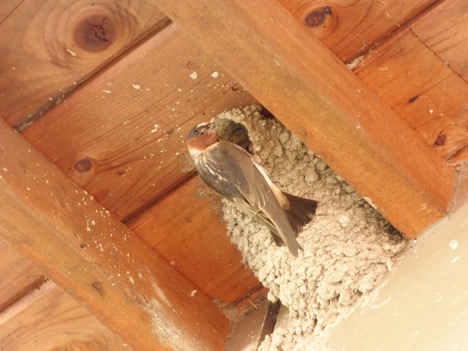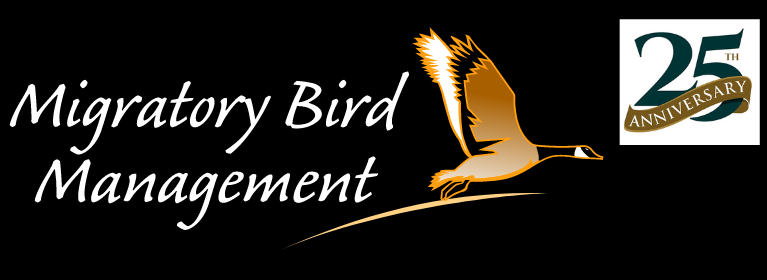
Parks and recreational facilities are often a prime habitat for birds. Parks’ green spaces and ponds attract a diverse group of nuisance birds, who like to feed on landscaped grass, nest in manicured trees, and roost in park buildings.
Canada geese, in particular, flock to parks’ ponds and lawns– and leave a number of problems in their wake. When humans misguidedly feed birds, those issues intensify. They include:
- Messes of droppings and feathers
- Risks to recreationalists exposed to aggressive behavior and pathogens in droppings
- Increased clean up and maintenance costs for park staff
- Increased algae blooms and shoreline erosion in ponds
- Damaged soil for turf grass
Damages to Parks & Recreational Facilities
Park buildings – including gazebos, pavilions and other shelters – frequently attract swallows, house sparrows and starlings. Nesting birds stuff flammable material into every crevice they can find, which can cause structural damage and create a fire hazard.

Beyond threatening the structural integrity and safety of buildings, aggressive nesting birds pose a risk to staff and park-goers who come too close to their nests. Pest birds also leave droppings on seats and picnic tables, which creates unsanitary messes and an unwelcoming atmosphere.
Solutions
Luckily, a variety of solutions can help keep parks and recreational facilities pest bird-free. Some problems can be solved simply, by enforcing property ordinances related to hand feeding and litter clean up.
Other problems may require a property assessment and more targeted approach. These include canine patrols and Flight Control Plus repellent to encourage geese to vacate an area, and egg depredation to manage aggressive nesting birds.


Structural exclusions like netting and custom metal exclusion systems effectively prevent starlings, swallows and house sparrows from nesting in nooks and crannies and the overhangs of park pavilions.
Whatever your park’s nuisance bird issue, Migratory Bird Management has a solution.



